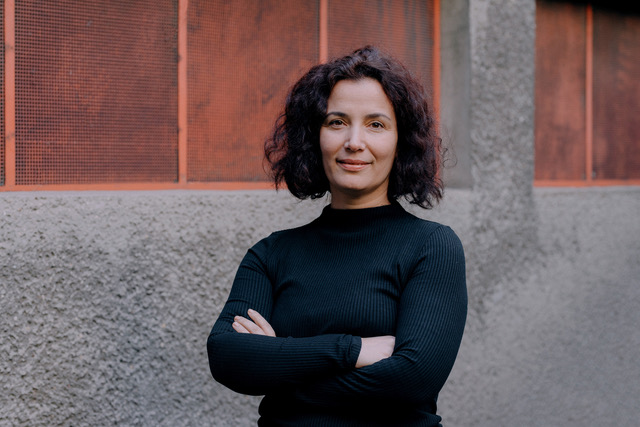Bahanur Nasya is an architect, researcher, project manager, and film producer. She has studied in Vienna and Barcelona, specializing in sustainable architecture, just and fair community-centered-scenarios, and future-proof development concepts.
Area
Current Project(s)

Bahanur Nasya is an architect, researcher, project manager, and film producer. She has studied in Vienna and Barcelona, specializing in sustainable architecture, just and fair community-centered-scenarios, and future-proof development concepts. She is working with the nonprofit foundation “Placemaking Europe”, “xsentrikarts-platform for arts” and “Wonderland: platform for european architecture”, and she was also project manager, expert for diversity in urban development projects, lead co-creation tasks around Europe and is leading the research activities in wonderland. In her current work, she combines research with the creation of knowledge transfer products (manuals, films, stories, webinars, papers, publications, and training opportunities), and develops collaborations with citizens, practitioners, scientists, engineers, and decision makers.
How can we de-grow? Strategies for Social-Ecological Transformation “Degrowth Vienna 2020” was an online conference. The presenter and panelist discussed strategies for a degrowth transformation. By bringing together practitioners, artists,
Managing the Coronavirus Crisis on urban level You can find in Dossier CIDOB how cities deal with the challenges of the pandemic. Here you can find an overview of the